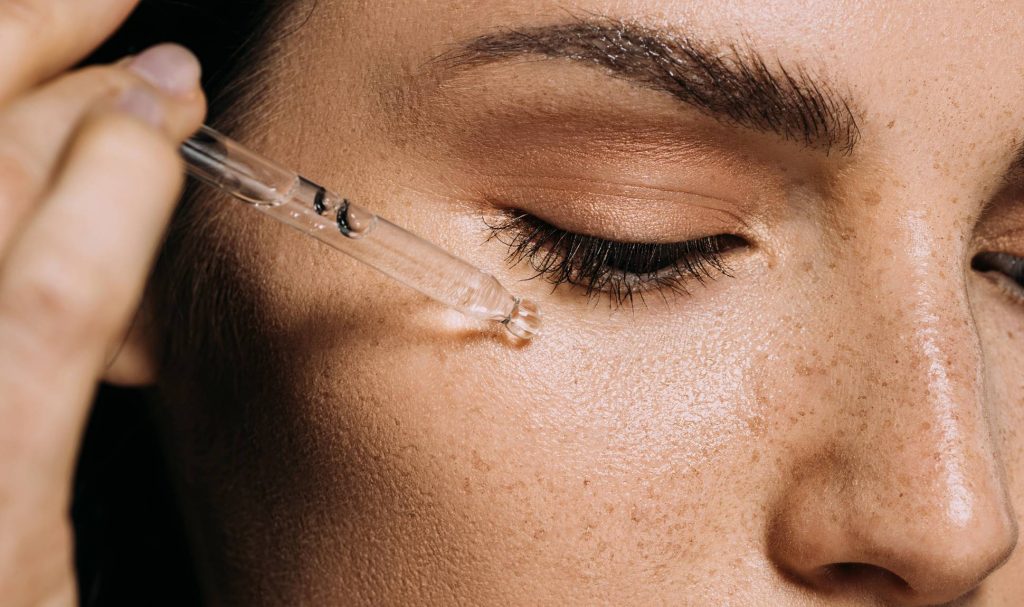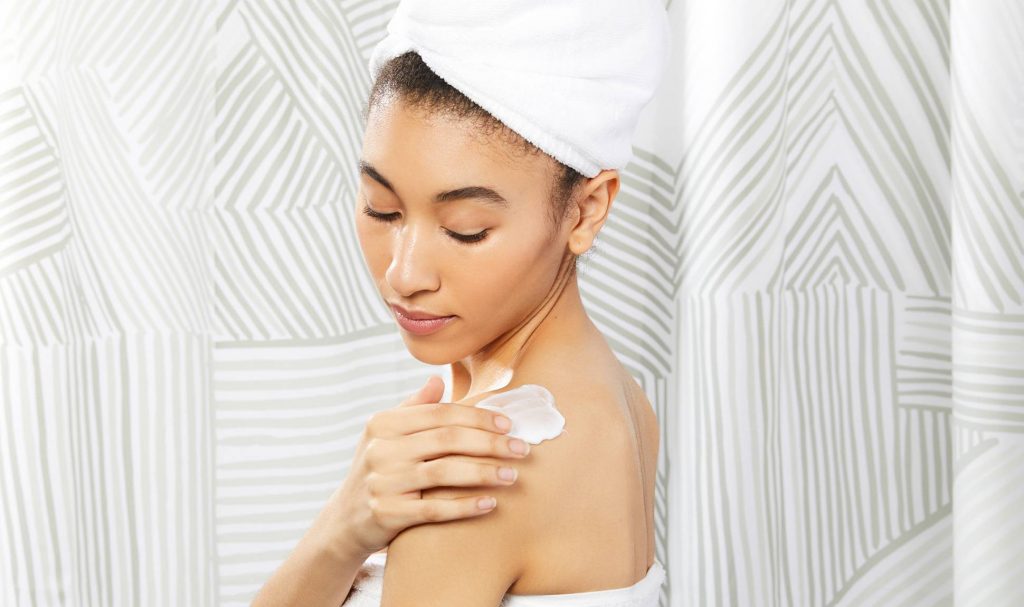Acne is the most common skin condition in the United States. In fact, according to the American Academy of Dermatology, roughly 40 million to 50 million Americans have acne at any one time.
For many people, blackheads, whiteheads and pimples are a normal part of puberty. But for plenty of others, women in particular, acne can be a stubborn problem that occurs well beyond their teenage years.
Enter hormonal acne.
To be clear, a lot of acne is hormonally driven ― including the kind you may have experienced during puberty ― but, as Dr. Samer Jaber of Washington Square Dermatology in New York told HuffPost, “When most people talk about [hormonal acne], they’re really talking about acne in adult women.”
Jaber noted that adult acne in women is quite common. It can affect women in their 20s, 30s, 40s and even 50s. According to a study cited by the American Academy of Dermatology, roughly 50 percent of women in their 20s and more than 25 percent of women ages 40 to 49 are affected by hormonal acne. And it needs to be treated with extra care.
What causes hormonal acne?
As Dr. Jennifer MacGregor of Union Square Laser Dermatology in New York explained, it’s typically related to a woman’s menstrual cycle and the fluctuations of estrogen and progesterone that come along with it. In an article published by Self last year, Miami-based dermatologist S. Manjula Jegasothy said that these hormonal fluctuations are believed to cause increased oil production in pores, which could result in breakouts. Additionally, Jegasothy said the ratio of progesterone to estrogen can also have an effect on a woman’s testosterone levels, which can contribute to acne.
“Hormonal acne occurs or gets worse in cyclic flares along with monthly menstrual cycles,” MacGregor said. “It’s typically worst during the week right before your period starts, when [the hormone] progesterone is at its peak.”
Women may experience hormonal breakouts during menopause as well, as female hormone levels drop during this time, according to the American Academy of Dermatology.
If you’re trying to figure out whether you’re dealing with this type of acne, some signs to look out for, MacGregor said, are “cyclic flares each month, distribution along the lower face, jawline and/or around the mouth and deeper, painful pimples (as opposed to blocked pores, blackheads and whiteheads).”
“If you have oily skin, T-zone acne, blackheads and/or whiteheads, then [it’s] probably not hormonal acne,” she said.
Another factor that may contribute to hormonal breakouts is stress.
“Stress makes all inflammatory skin conditions worse!” MacGregor said. “This includes all types of acne.”
How do you treat hormonal acne?
When you sense a breakout brewing under the skin, your first instinct might be to pile on the spot treatments. However, most of the products available at the drugstore aren’t strong enough to combat the deep pimples associated with hormonal acne.
“One of the hallmarks of hormonal acne is that it is typically resistant to over-the-counter remedies, but we include these treatments in addition to hormone-specific remedies for the best chance at clearance,” MacGregor said.
Your favorite drugstore toners and acne treatments are likely no match for stubborn hormonal acne breakouts, but that doesn’t mean hope should be lost. There are a few things to try for stubborn hormonal acne breakouts, including changing your diet, topical treatments and oral medications, according to Jaber and MacGregor.
“I always tell people to cut out sugar and dairy,” Jaber said, citing a study that showed a link between skim milk and low-fat milk and acne. “I’ve definitely seen a correlation with low-fat milk and acne. But I’ve also seen it with any dairy.”
Jaber also said he recommends his patients cut out simple sugars, which include white rice, white potatoes, candy, cake, soda, juice and processed foods. He made sure to note, though, that a change in diet may work for some patients and not for others.
MacGregor takes a similar approach, telling her patients to try a 60-day gluten-free, dairy-free diet that is free of processed carbs to see if it helps clear acne.
“Blood sugar spikes are known to cause inflammation and hormonal fluctuations, which can exacerbate acne,” she said. “Think natural foods! The paleo diet is best, but carb sources to consider should be natural root vegetables (squash, potato, carrot) along with quinoa and sometimes gluten-free oats or brown rice.”
She also noted that diet alone might not get rid of hormonal acne, “but there is evidence it helps acne in general and people feel better all around.”
Topical treatments, such as retinoids, antibiotics and anti-inflammatories, as well as salicylic acid or benzoyl peroxide, may also be used to treat hormonal acne, Jaber said, but he noted that many women will find more success with hormonal treatments.
MacGregor agreed, saying, “We almost always need to use oral medication.”
One of the most common oral medications is birth control pills, which regulate menstrual cycles and can reduce acne. It’s important to note, though, that some forms of birth control, such as hormonal IUDs (like Mirena and Skyla) or an implant (such as Nexplanon), which are progesterone only, could make acne worse.
“I definitely see that all the time,” Jaber said, adding that many people, including some of his patients, aren’t aware of the possible acne-related side effects of the hormonal IUD or birth control implant. He added that a typical hormonal treatment would include a combined birth control pill containing both estrogen and progesterone.
Another oral option is spironolactone, a blood pressure medication that, when used in low dosages, can help with hormonal acne as it blocks androgen hormone receptors in the skin, MacGregor explained. In simpler terms, spironolactone blocks effects of testosterone can contribute to hormonal acne breakouts.
Jaber said he prescribes spironolactone often ― maybe even “15 times a day” ― for his patients, saying for most women it works really well. Something to keep in mind, though, are the possible side effects, which could include dizziness, breast tenderness, spotting in between periods and frequent urination (spironolactone is a diuretic).
For very severe cases, MacGregor said, she might recommend a trial course of isotretinoin, a vitamin A derivative, but acknowledged that it doesn’t always work. For mild cases, she said, dapsone “is a very well tolerated prescription anti-inflammatory that has some efficacy in hormonal acne.”
“I also have patients use a regular topical acne regimen that is effective but won’t irritate sensitive skin,” she said, adding, “You must see an expert dermatologist to individualize your regimen.”
Can you actually get rid of hormonal acne?
“With consistent therapy (topical and sometimes oral) and other therapies, like injections and laser, hormonal acne can be controlled,” MacGregor said.
“I think acne, like anything, can wax and wane,” Jaber added, noting that oftentimes people will choose to stick to a treatment plan if it seems to be working. However, if people do choose to stop taking certain medications, Jaber noted, their acne may return.
“Sometimes it does come back; sometimes it’s doesn’t. It’s really variable,” he said, adding that even if a patient had gone off an oral treatment, he would recommend the continued use of topical treatments.
If you’re dealing with what you think is hormonal acne, make sure to speak to a dermatologist who can help you develop an effective treatment plan. (And always remember ― try your hardest not to pick at your skin.)
“This is a frustrating problem that requires expert guidance, persistence and consistency,” MacGregor said.




